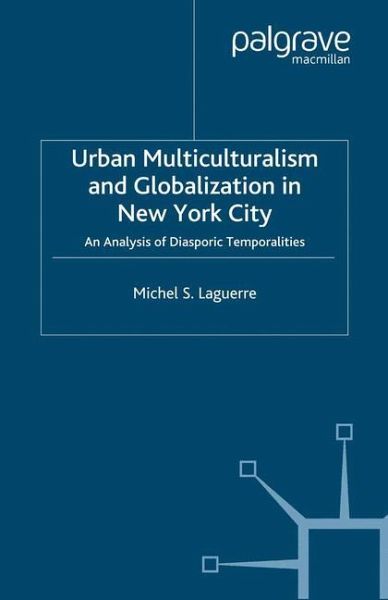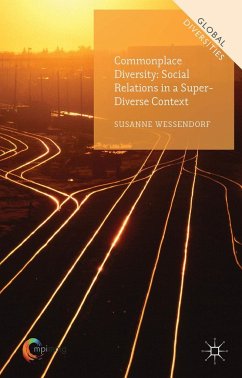
Urban Multiculturalism and Globalization in New York City
An Analysis of Diasporic Temporalities
Versandkostenfrei!
Versandfertig in 6-10 Tagen
38,99 €
inkl. MwSt.
Weitere Ausgaben:

PAYBACK Punkte
19 °P sammeln!
This book focuses on American society as a transglobal nation and examines the temporal dimension of diasporic incorporation in New York City. It argues that immigrant neighbourhoods are faced not only with issues of economic and political integration, but also are engaged in a sublime and relentless effort of harmonizing the cultural rhythms of their daily life with the hegemonic temporality of mainstream society. Although much energy has been spent in explaining the segregated or ghettoized space of ethnic communities, there is, in contrast, a dearth of data on the subalternization, genealog...
This book focuses on American society as a transglobal nation and examines the temporal dimension of diasporic incorporation in New York City. It argues that immigrant neighbourhoods are faced not only with issues of economic and political integration, but also are engaged in a sublime and relentless effort of harmonizing the cultural rhythms of their daily life with the hegemonic temporality of mainstream society. Although much energy has been spent in explaining the segregated or ghettoized space of ethnic communities, there is, in contrast, a dearth of data on the subalternization, genealogy, and inscription of minoritized temporalities in the structural and interactional organization of the multicultural American City.














